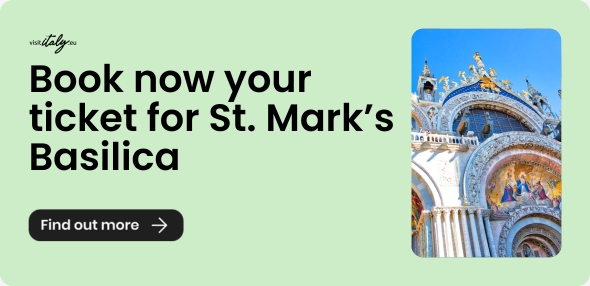History and location
The Botanical Garden of the University of Padua, located in Padua, Veneto, near the Basilica of St Anthony, was established in 1545 as a centre for the cultivation of medicinal plants, known at the time as "simples", i.e. those medicines that came directly from nature. At that time the University of Padua, founded in 1222, was already an important centre of study in the field of medical and pharmacological sciences, and of the application of medicinal plants to these spheres of science. The Garden was characterised by the presence of rare plants and plants from various parts of the world, especially from the territories owned by the Republic of Venice or from those with which it had important trade exchanges. For this reason Padua played a fundamental role in the introduction and study of many exotic species.
In 1997, the Botanical Garden of Padua was inscribed on the UNESCO World Heritage List as a cultural property, as a testimony to an exchange of considerable influences in the cultural area of botanical sciences and as an exceptional testimony to a cultural tradition that has lasted for centuries. Despite achieving this recognition, the Garden has never stopped innovating and in 2014 a new area was inaugurated: the Biodiversity Garden. It consists of several greenhouses housing more than 1,300 species of plants from every climate on the planet.
Photo Credit da Wikipedia: Rollroboter CC BY-SA 3.0

The Historical Garden

The original design of the Historical Garden has remained almost unchanged over the centuries and today we can still observe its circular structure with an inscribed square, which in turn is divided into four smaller squares by two perpendicular avenues. In addition, each area is subdivided into several flowerbeds placed in such a way as to create different geometric designs. The structure is surrounded by a circular wall that was built in 1552 to prevent thefts of the precious medicinal herbs. The Garden contains over 3,500 different species, divided into thematic collections: insectivorous plants, medicinal and poisonous plants, Euganean Hills and rare plants, and introduced plants. Some natural environments have also been recreated inside the Garden where the plants that characterise them are grown, including the Mediterranean maquis, the alpine rockery, the freshwater plants, succulent plants and the tropical greenhouse.
The Biodiversity Garden

The Biodiversity Garden is the most innovative part of the Botanical Garden of Padua and represents one of the most advanced greenhouses in the world in the botanical field. It houses about 1,300 different species collected in different climatic environments, subdivided by temperature and humidity. Inside the Garden the plants are arranged according to a phytogeographical subdivision, so that the visitor has an immediate representation of the richness or poverty of biodiversity present in each climate zone. The greenhouse is divided into four climatic environments: tropical rainforest, sub-humid tropical forest, temperate and Mediterranean climate and arid climate.
The proclamation of the site and the criteria for its inclusion
In 1997, the site was declared a UNESCO World Heritage Site for its significant cultural activity, carried out continuously for almost 500 years, thanks to which the Botanical Garden of Padua, which is at the origin of all botanical gardens in the world, has contributed to the progress of numerous modern scientific disciplines, in particular botany, medicine, chemistry, ecology and pharmacy.
The inclusion on the Unesco list is motivated by two criteria: (ii): The Botanical Garden of Padua has represented a source of inspiration for many other gardens in Italy and around Europe and has influenced both their architectural and functional designs and their didactic and scientific approaches in medicinal plants studies and related disciplines. Since its foundation, it has been at the centre of a wide network of international relationships, contributing to the dissemination of the various aspects of the medicinal plants and botanical sciences and to the preservation of plant species ex-situ. It also made profound contributions to the development of many modern scientific disciplines, notably botany, medicine, ecology and pharmacy; (iii): for more than five centuries, the Botanical Garden of Padua has represented an exceptional testimony of scientific and cultural significance. Its position, size and main characteristics, as well as its main research and didactic features, have remained essentially unchanged over centuries with a constant adaptation to the most advanced discoveries in botanical and educational sciences.
About the author
Written on 01/09/2021




Sara Celin
In the beautiful Padua, near the famous Prato della Valle, stands a green oasis founded back in 1545, making it the oldest botanical garden in the world: the Botanical Garden of Padua. In 1997 it became one of the heritage sites included on the UNESCO World Heritage List, being considered the origin of all botanical gardens in the world and the cradle of science.